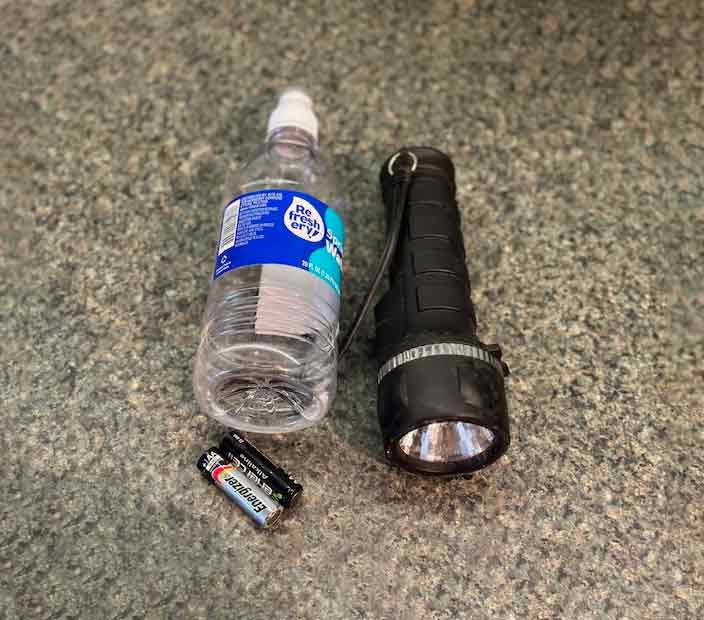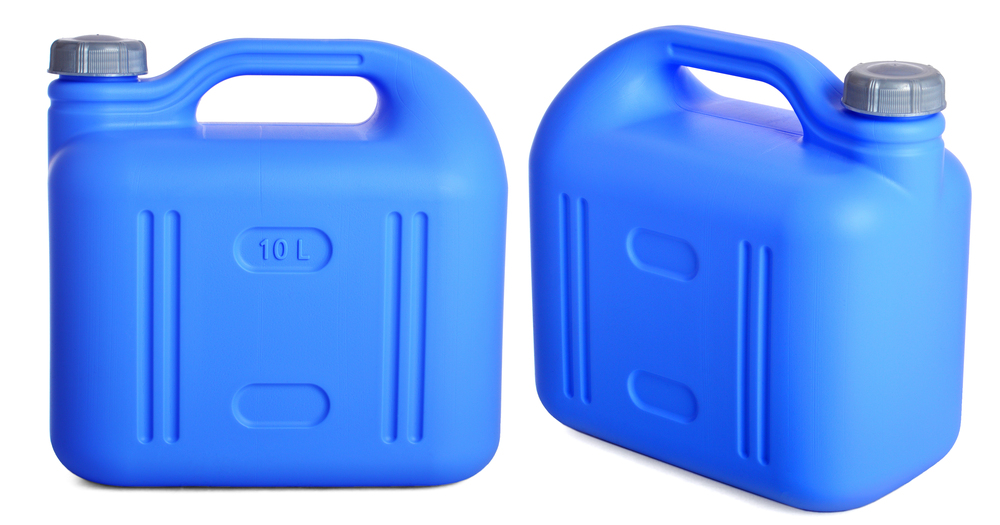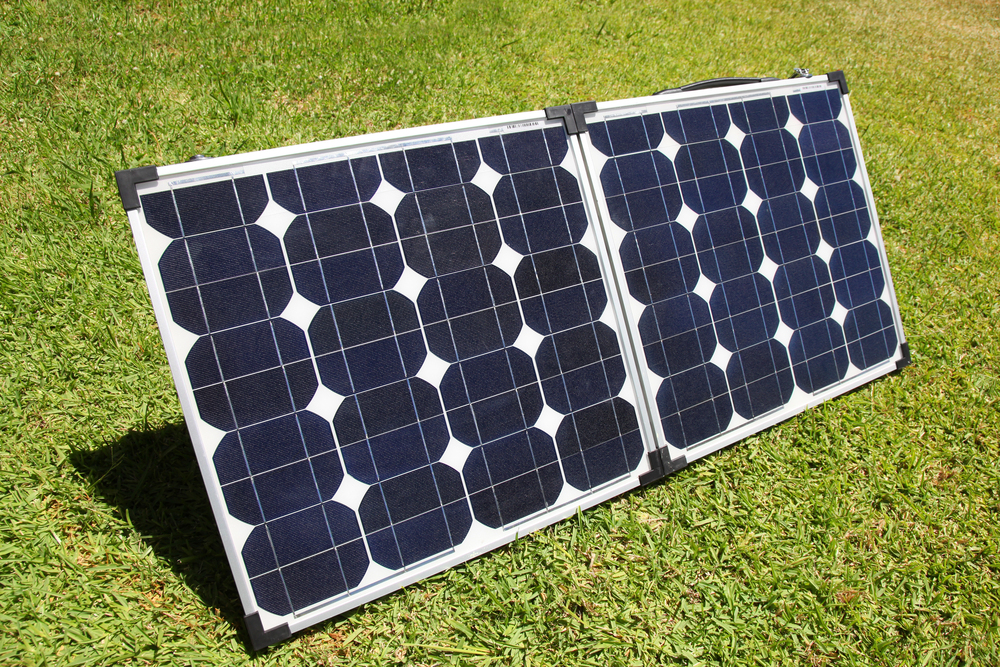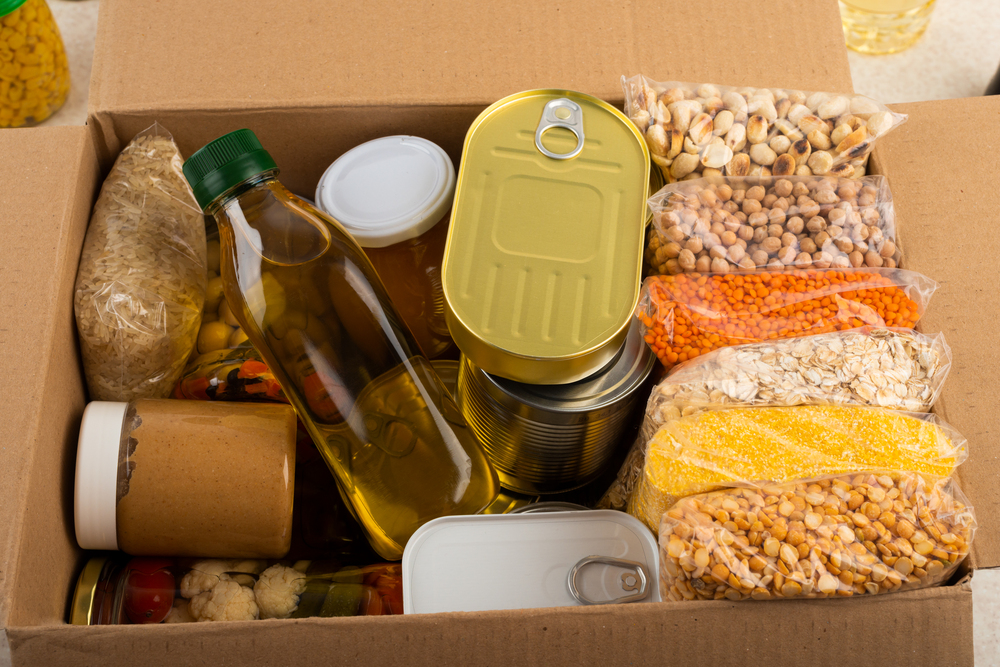If you’re thinking about prepping, odds are you either already have a car emergency kit, or you’re planning on putting one together soon.
I’ve had a car emergency kit for a couple of decades now, but what I’ve put in that kit has changed and evolved over time, as all prepping plans should.
Let’s think about some of the most important things that you’ll need to pack for your car emergency kit.
1.) If your car breaks down in the dark, you will urgently need a flashlight. Preferably a couple, if you’ve got your family with you. That flashlight needs batteries in it.
2.) And if you’re stranded for hours, you and your family are going to get thirsty, so you’re going to want water bottles, whether they’re plastic or have a thermos, right?
3.) And, you don’t want to go hungry so a box of granola bars is a pretty good idea, right?
Here’s the mistake I made early on…I didn’t take the weather into account.
If you’re cold, they’re cold. Bring your batteries inside.
The effect of weather on your batteries
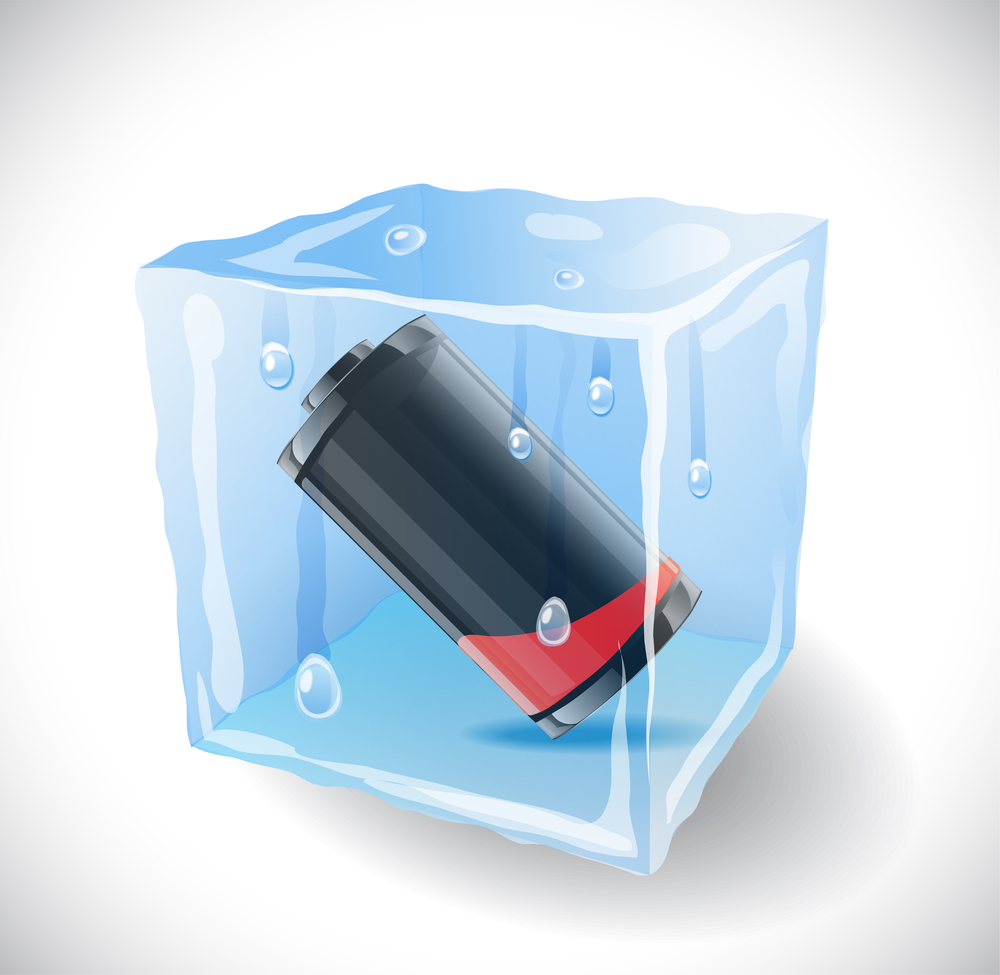
First, let’s talk about flashlight batteries. Most flashlights use either lithium or alkaline batteries. Temperatures dropping below freezing are not kind to either one, and can have noticeable affects on battery life, or even ruin your batteries. When your car has a flat at 10 p.m. on a dark remote road, is not the ideal time to reach into your car emergency kit/bugout bag and find out that your flashlight doesn’t work.
Heat is also not your friend when it comes to batteries. The recommended temperature range for alkaline batteries is -18 degrees Celsius to 55 degrees Celsius. For those of us who don’t understand Celsius – me! me! – that translates to approximately 0 degrees Fahrenheit to 131 degrees Fahrenheit. The recommended range for lithium batteries is 32 degrees to 110 degrees. And if you’re waving your hand saying, I don’t live in the desert! It’s never 131 degrees here! – Keep in mind that the interior temperature of a car shoots up when it’s in the sun. According to the CDC, the interior temperature in your car can reach 123 degrees Fahrenheit in only 60 minutes, when it’s 80 degrees out. Within a couple of hours, the temperature can raise to the 170s or higher. Yes, we’ve all left flashlights out in the heat or cold and had them still work, but why take the chance? If we’re prepping, we should do it in the most efficient way we can and do the best we can to make sure that our tools still work.
The effect of weather on plastic water bottles
One of the most obvious problems with leaving a plastic water bottle in your car is that it’s going to freeze into a solid block of ice when the temperature drops too low. Sure, you can leave water in a canteen or even better, an insulated thermos, but the insulation will just slow down the freezing process.
Leaving water in a car during the summer isn’t much better, though. Again, the interior of a car turns into an oven on hot days, and that is not good for plastics.
Aside from the fact that on a hot day, drinking hot water is far from pleasant, and too much heat over time can soften plastic and make the water bottle leak, there’s also potential health risks. Some bottles contain chemicals like BPAs and antimony. Leaving your water bottle in the sun can cause chemicals to leach into the water. Scientists disagree – don’t they always – on whether having those chemicals in your water is a potential hazard, but given a choice not to drink potential carcinogens, I’d err on the side of caution.
As for the granola bars, or whatever other emergency food that you store – you don’t want to bite into a frozen brick of a granola bar, and you also don’t want to eat one that’s melted or spoiled in the sun.
So what’s the solution?
Here’s what I do: In the back of the car, I keep a box of supplies that will not be as sensitive to heat or cold, and that box always stays there. In there are things like a blanket, towels, tarp, rope, emergency mylar blankets, first aid supplies, matches, extra pair of socks, extra t-shirts, entertainment for kids – a few small toys like a jump rope, toy cars, playing cards, coloring book. No crayons in the summer. They melt. Ask me how I know.
Then, I have a small bag in which I keep a couple of flashlights with fresh batteries which I check regularly, a couple of plastic water battles, a thermos, and a box of granola bars, and crayons for those coloring books. I bring the bag out to the car with me every time I leave the house, just like I bring my purse, and I drop it in the emergency supply box, and then I bring it back inside with me when I get home. It’s a tiny bit of extra work, but for me the peace of mind is worth it. Also – I rotate out the granola bars pretty regularly so they don’t go stale.
So, food, batteries, flashlights and water are what I never leave in the car. What do I keep in the emergency supply box that is always left in the back seat of the car? So glad you asked!
The List of Emergency Car Supplies (adjust as needed)
1. First Aid Supplies
A basic first aid kit which contains items like adhesive bandages, gauze pads, antiseptic wipes, adhesive tape, scissors, tweezers, disposable gloves, and pain relievers. I check the expiration date on the pain relievers and any other medication regularly. I would not recommend leaving most medications in the car; I’d put that in your ‘car bag’.
2. Blankets and Warm Clothing
In the winter, if you live in a place where it gets cold, having extra blankets, gloves, hats, and socks can be lifesavers if you have to leave your car, or if you’re stranded for hours, or days, in your car. Make sure you have weather-appropriate emergency clothing for each family member, including infants.
3. Multi-Tool and Basic Supplies
A multi-tool or Swiss Army knife is always useful. Basic supplies such as duct tape, a flashlight with extra batteries, a whistle, matches, flares, and a fire extinguisher, are helpful. These items can assist with minor repairs and signaling for help if needed.
4. Vehicle-Specific Items
No matter what your car’s age or condition, you should always have items for maintenance and repairs. Include items like jumper cables, tire sealant, a tire pressure gauge, and a jack and lug wrench for changing tires.
5. Entertainment for Children
Long car rides can be challenging for kids, especially in stressful situations. Pack a few small toys and books. Consider including a travel game or deck of cards.
6. Personal Hygiene and Sanitation Items
A portable toilet or urinal, disposal bags for the portable toilet, along with toilet paper, hand wipes, and personal hygiene wipes. Wipes for your butt. You know what I mean. Also ladies hygiene supplies, and diaper wipes.
7. Road maps
Local road maps and a state and national road atlas, and a compass.

